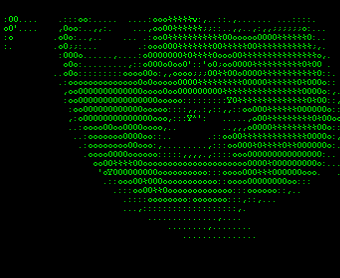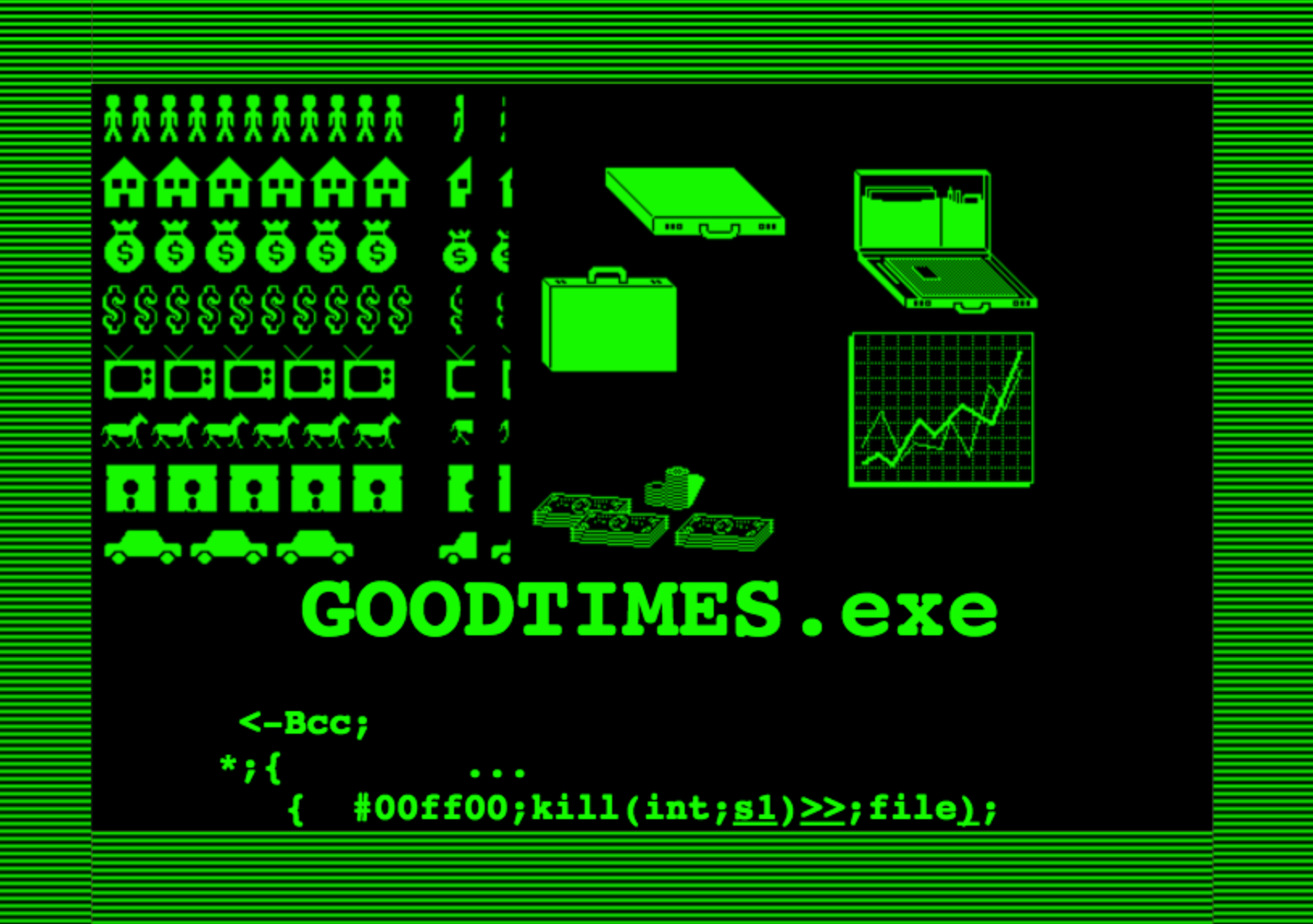WEB WORK: A HISTORY OF INTERNET ART

"The term “net.art” is less a coinage than an accident, the result of a software glitch that occurred in December 1995, when Slovenian artist Vuk Cosic opened an anonymous e-mail only to find it had been mangled in transmission. Amid a morass of alphanumeric gibberish, Cosic could make out just one legible term—“net.art”—which he began using to talk about online art and communications. Spreading like a virus among certain interconnected Internet communities, the term was quickly enlisted to describe a variety of everyday activities. Net.art stood for communications and graphics, e-mail, texts and images, referring to and merging into one another; it was artists, enthusiasts, and technoculture critics trading ideas, sustaining one another’s interest through ongoing dialogue. Net.art meant online détournements, discourse instead of singular texts or images, defined more by links, e-mails, and exchanges than by any “optical” aesthetic. Whatever images of net.art projects grace these pages, beware that, seen out of their native HTML, out of their networked, social habitats, they are the net.art equivalents of animals in zoos."
"From the very beginning, net.artists had grand ambitions. For much of net.art’s brief history, its practitioners have been self-consciously staking out their collective goals and ideals, exploiting the characteristics peculiar to the Internet, like immediacy and immateriality. E-mail, the dominant mode of communication among and within net.art communities, enabled anyone who was wired to communicate on equal ground, across international boundaries, instantaneously, every day. This was of paramount importance to those talking about net.art in the mid- and late ’90s. Building an equitable community in which art was conspicuously present in one’s everyday activities was a collective goal. In the years between 1994 and 1998, when many of the extant art-oriented communities formed, the Internet allowed net.artists to work and talk independently of any bureaucracy or art-world institution without being marginalized or deprived of community. The online atmosphere was lively and gregarious, and there was an eager audience for net.art, including the subscribers to mailing lists like Rhizome (www.rhizome.org), one of the first sites dedicated to new-media art; Syndicate (www.v2.nl/syndicate), a list focused on Eastern European politics and culture; and Nettime (www.nettime.org), a politically and theoretically oriented platform that has been important to many in the technoculture intelligentsia." ---------Rachel Greene




